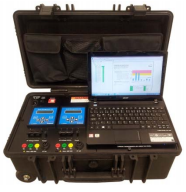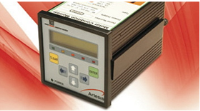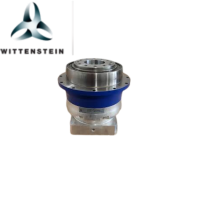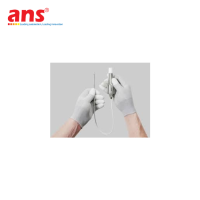
PCM Artesis VietNam ANS HaNoi
Xuất sứ: Artesis VietNam
Nhà cung cấp: ANS HaNoi
Hãng sản xuất: Artesis VietNam
PCM Artesis VietNam ANS HaNoi
PCM
Simple to install
Installing PCM is a simple matter of connecting it to the three supply phases of the generator using simple and inexpensive transducers and mounting it in any convenient panel. It is usually located at the generator control cabinet, requiring very short cable runs and avoiding the need to install equipment in remote or hazardous areas. When first switched on, PCM carries out an automatic self-learning process during which the normal operating condition of the equipment is established. Advanced analysis techniques ensure that this training takes account of variables like speed and load, and that existing faults do not result in training errors.
Continuous monitoring of your machinery
PCM constantly takes measurements and compares them with its reference condition, in order to assess the severity and type of any developing fault. It is able to recognise abnormalities in a wide range of operating states, and is even able to extend its self-learning process when it recognises that it has moved beyond its original learning limits. This allows PCM to achieve very sensitive detection of faults without false alarms.
Reliable, automated fault diagnosis
When PCM detects a fault, it presents the results of its sophisticated analysis to the user in a simple, compelling traffic light display. This provides local staff with an immediate indication that a problem is developing. Detailed diagnostic information is provided by means of its standard networking facilities, and covers a very wide range of mechanical and electrical problems including imbalance, misalignment, bearing damage, gearbox faults, isolation, and many others. A relay output is also provided so that specific alarm conditions can be annunciated by visual or audible warnings, or communicated to a control system.







 Ms Bích Ngà
Ms Bích Ngà





















